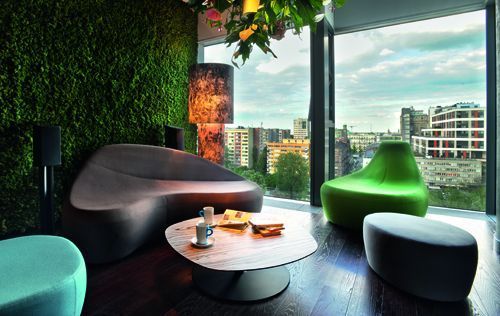Złota (formerly Złota 44) and Cosmopolitan are the two latest skyscrapers in Warsaw built on the twin dreams of a never-ending demand for apartments and a perpetual rise in their prices. The ideas germinated in developers’ heads long before the calamity of the credit crunch. Although they are still under construction, their history goes back many years – starting with the first plans, to the architectural competitions and the construction launches – and in both cases the genesis of the projects go back to the now dimly-remembered boom years. Construction work on Złota (on ul. Złota) started before the crisis broke in 2008. Building work on the Cosmopolitan tower block at ul. Twarda 2/4 – only a few hundred metres away from Złota – started in 2010. Finishing work is currently in progress inside both buildings. Now the sales processes have begun and the respective remarketing machines launched.
Because the inside is what countsBoth developers emphasise































































